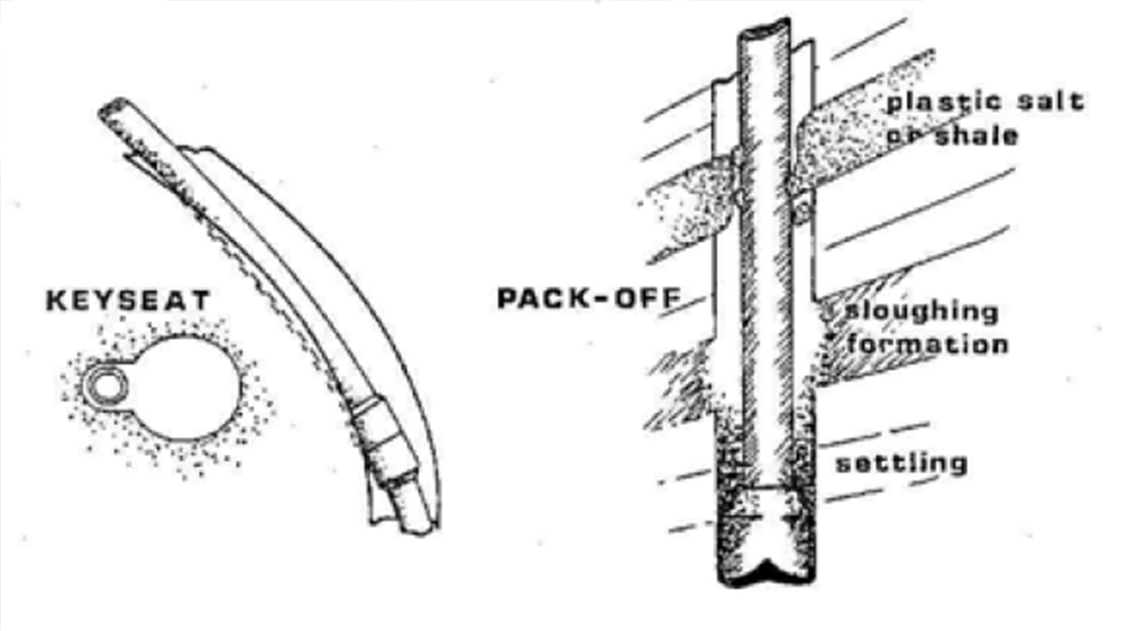
Shale Sloughing
The Shale is a weak sedimentary rock composed of Clay, Salt, Water, and Radioactive Material.
Those Formations were formed a long time ago and exposed to high pressure and temperature, which lost moisture as a result of their pressure over each other.
In case we drill the Shale Formation with a non-prepared Drilling Fluid for that Formation, this will lead to the fall of the drilled layers of the Shale in the form of needles, strips or long cuttings that may be thin and may be swollen, which is known as the Shale Sloughing Problem
Topics
- Introduction
- Causes of Shale Sloughing
- Methods to reduce Shale Sloughing
1. Introduction
Shale is consisted of foliated rocks that have high porosity, very low permability, good cap rocks and source rocks of hydrocarbon.
Shale layers contain bentonite that absorbs water then swells and sloughs into the hole causing several Drilling problems, such as Stuck Pipe and Hole Plugging.
2. Causes of Shale Sloughing
The salinty of Mud is often much less than that of Pore Water. So, Shale absorbs the water of low salinty and swells.
The Drilling changes the sub-surface stress field causing Shale to break off.
Mud flows in the annulus and erodes the Shale Zone.
3. Methods to reduce Shale Sloughing
Using "KCL" Polymer mud, potassium can inhibit Shale Swelling.
Using Oil Based Mud helps in stabilizing the Shale.
Creating laminar flow in annulus reduces erosion.
increasing Rate of Penetration to Removal Cuttings.
-
Tags:



